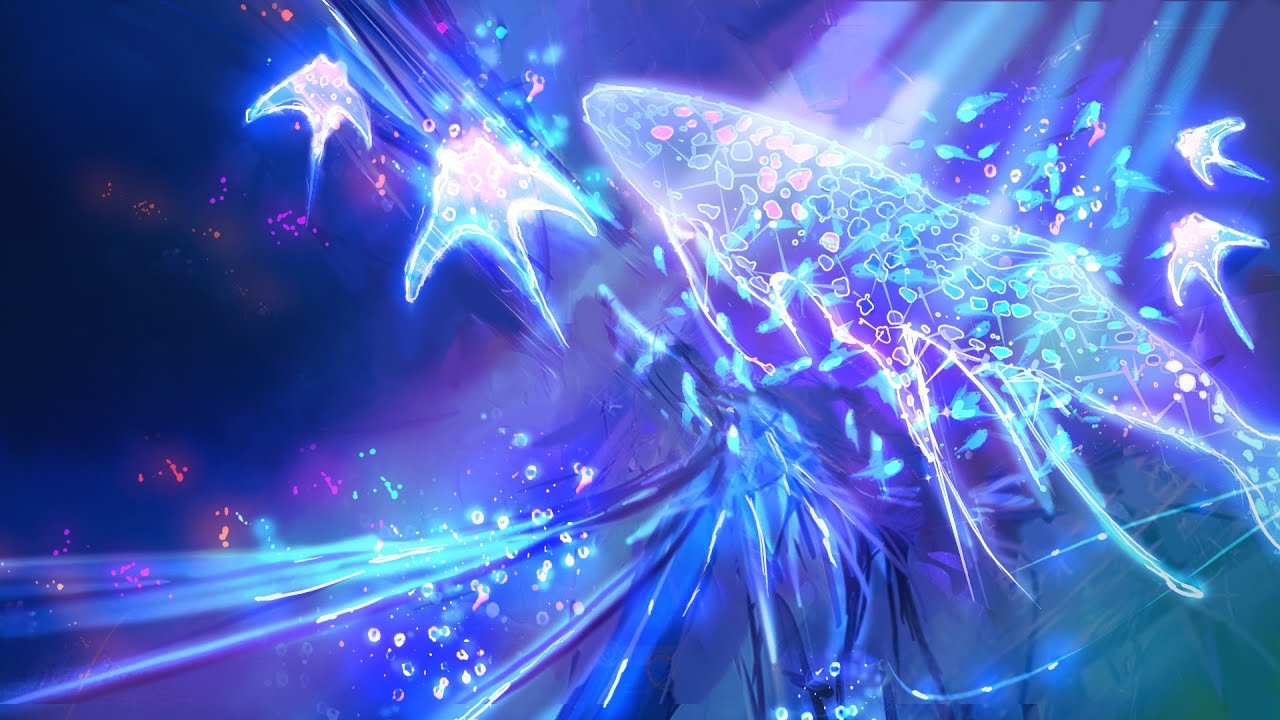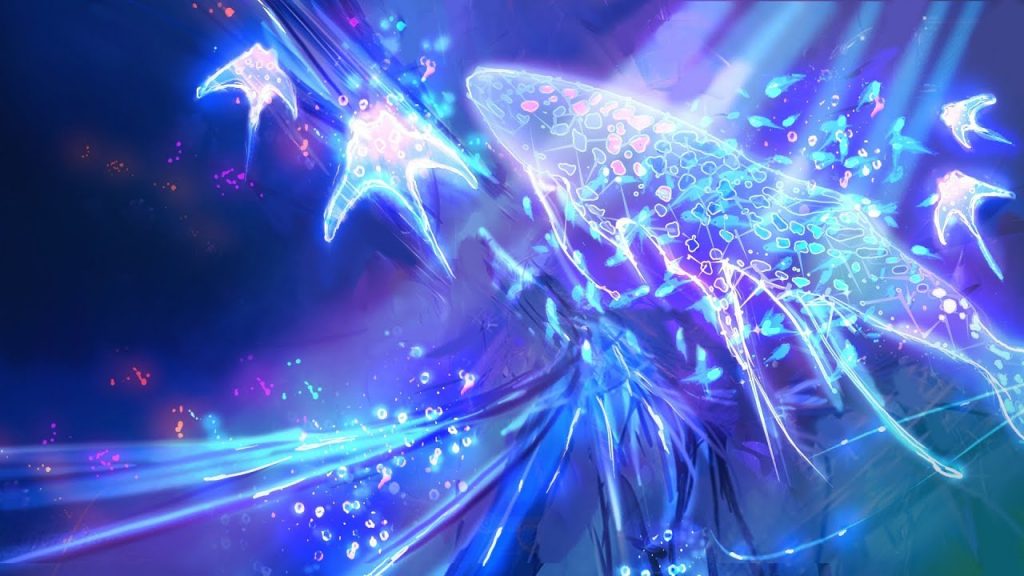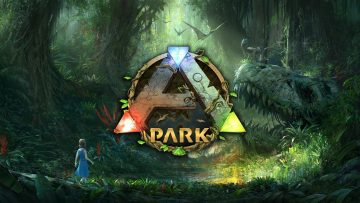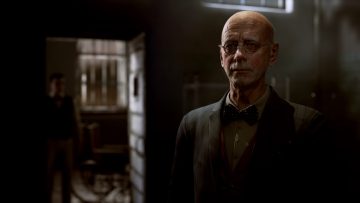
Make It A (Virtual) Reality: Child of Eden
Back at the end of April we ran a story about how Microsoft unveiled the Windows Holographic platform as part of its development for HoloLens. At the time one of our community members tweeted back: “Microsoft promised a lot with Kinect and that turned out to be %99.99999999999999999999999999999999999999 hype.”
To which I responded with “Every time I see someone say Kinect never delivered, I go ‘there goes a poor soul who has never played Child of Eden‘.”

It’s highly possible a lot of you, if not the majority, have never even heard of Child of Eden, much less played it. But those of you that have likely know exactly what I mean. Even VRFocus’ editor made a point of congratulating me for the response. Somewhat unusual for a tweet, but a lot of gamers and games media especially are so quick to label Kinect and everything attributed to it as a humongous failure that in doing so they neglect some fantastic gems. Like me, he had played Child of Eden and like me he does not want to see it forgotten.
Child of Eden was created by Tetsuya Mizuguchi, better known for his work on Rez, whilst it was developed by Q Entertainment (Lumines, Peggle, Ninety-Nine Nights) and published by game giant Ubisoft so it had quite the pedigree of people behind it. A rhythm action title, the player journeyed through a number of different scenarios on their way to save an artificial intelligence based off of the first human to be born in space, a woman named Lumi. Attacked by a mysterious virus, players used gestures to repel the foreign bodies, the whole combat arena changing both in colour and music, reacting to the movements of players and their actions in the vgame. Levels even adjusted themselves based on how you had previously played them, with each of the five “archives” (the levels so called as they were the archives of Lumi’s personality, stored to produce the AI that was trying to be created as per the title’s storyline) changing slightly both on how well you did and how you actually played.
So would this make a good game for virtual reality (VR)? Let’s look at it this way, when we talk about VR we always talk about immersion. About becoming involved within the world, about being a part of it, you affecting it and it affecting you. This has always been the case. Last night at the Oculus pre-E3 presentation one of the first things said was describing how the flat screen gives you a sense of detachment whilst using a head-mounted display (HMD) makes it that much more real. With Child of Eden the keyword isn’t immersion but another word: synaesthesia. A mix of the Greek words for together and sensation, synaesthesia is the name given to a neurological phenomena where the brain, when stimulated in one form automatically activates a second stimulus leading to senses reacting together to produce a much greater response. Child of Eden is designed to be an experiment in this, blending the senses of sight, hearing and touch into one aspect.
In that sense is Child of Eden that far away from, say Synthesis Universe, or other VR video games and experiences where you change the world around you through physical movement, through alterations in sound and vision. It’s an increasingly popular genre, with Perihelion and Nevermind both examples of world-changing games where your senses are both ally and foe.
Immersion and synaesthesia go together hand-in-glove. The greater the immersion, the greater the synaesthesia and the greater the synaesthesia the greater the immersion. So what better way to really showcase VR than to make a title with this philosophy at its core. Imagine a Child of Eden 2 where instead of that flat screen the entire world around you is a sea of colours and shapes and music; a sea that with a wave of your hand you can cause ripples of sound and vision to flow across and around you. That alters what you’re seeing. Then add in a competitive element so it becomes a game, beyond just an experience. Make it so that world is trying to defeat you and you must tame it through your actions.
In terms of practicality yes it would requires a few things. Hand tracking most obviously, but the addition of this and possibly even eye-tracking would really add to that togetherness of the senses. Motion sickness wouldn’t necessarily be a problem as archives are relatively short periods of play and you aren’t expected to go through them all in one period.
The likelihood of a new Child of Eden is, let’s face it, low. But we know Ubisoft, who published the original, is looking to be involved within the VR industry but a lot of their big story-driven adventure franchises wouldn’t necessarily translate well to VR. What not showcase what the technology can do than with a videogame that is challenging, enjoyable and a feast for the senses.
Maybe the Kinect’s greatest advertisement can be VR’s most enthralling introduction.
This article was originally written by the author for VRFocus.

![[ID: TnZXPwNtr_s] Youtube Automatic](https://lastminutecontinue.com/wp-content/uploads/id-tnzxpwntrs-youtube-automatic-60x60.jpg)



![[ID: pxJqpaK3VaI] Youtube Automatic](https://lastminutecontinue.com/wp-content/uploads/2024/03/id-pxjqpak3vai-youtube-automatic-360x203.jpg)
